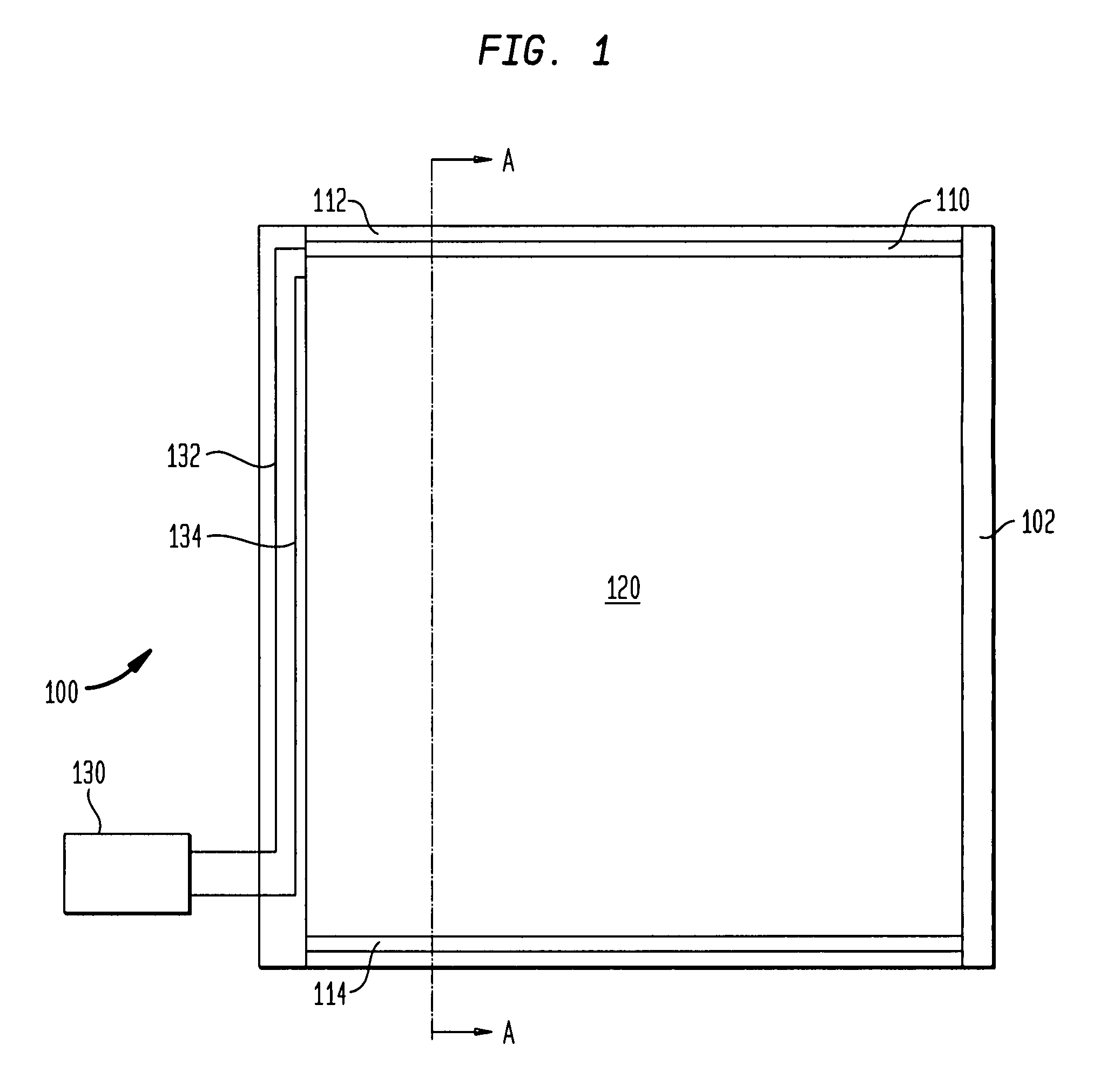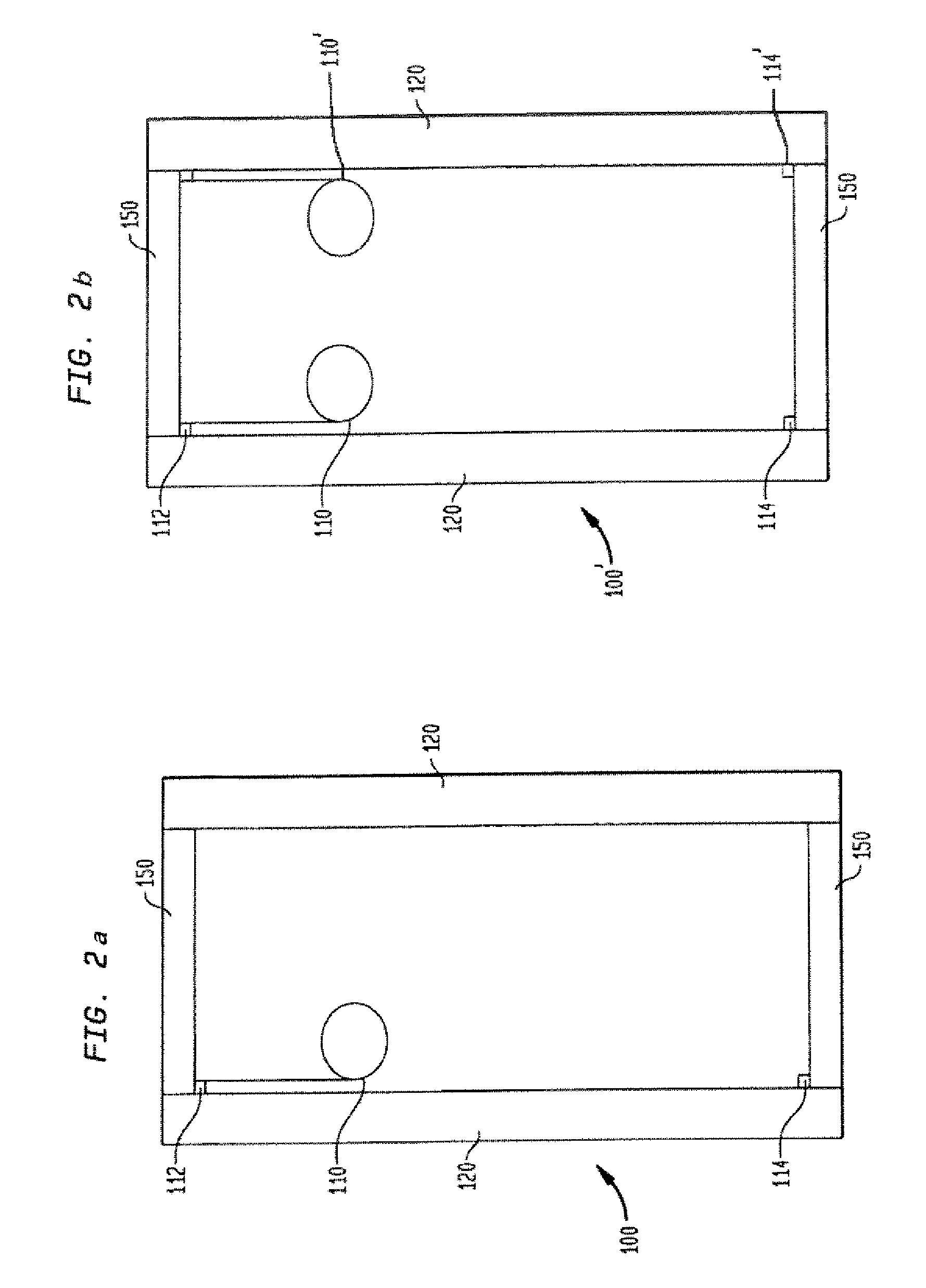Low cost dynamic insulated glazing unit
a technology of dynamic insulation and low cost, which is applied in the direction of optical radiation measurement, building repair, instruments, etc., can solve the problems of increasing the cost of operating the building, increasing the consumption of petroleum products and other non-recoverable resources, and wasting large amounts of energy, so as to reduce the intensity of radiation and control the radiation transmittance
- Summary
- Abstract
- Description
- Claims
- Application Information
AI Technical Summary
Benefits of technology
Problems solved by technology
Method used
Image
Examples
Embodiment Construction
[0033]The present invention overcomes the disadvantages of existing insulated glazing units (IGUs), such as are used currently in energy efficient windows, by incorporating an electrically controlled, extremely thin physical electropolymeric shutter between the glazing panes of the IGU. The electropolymeric shutter of the invention provides improvements in functionality, reliability and manufacturability over known electropolymeric shutter devices, for example, in the display pixels of existing electropolymeric display (EPD) technology, specifically by providing the glazing applications such as are described herein. Known shutter devices are described in U.S. Pat. No. 4,266,339 (titled “Method for Making Rolling Electrode for Electrostatic Device” and issued May 12, 1981 to Charles G. Kalt), U.S. Pat. No. 5,231,559 (titled “Full Color Light Modulating Capacitor” and issued Jul. 27, 1993 to Kalt, et al.), U.S. Pat. No. 5,519,565 (titled “Electromagnetic-Wave Modulating, Movable Elect...
PUM
 Login to View More
Login to View More Abstract
Description
Claims
Application Information
 Login to View More
Login to View More - R&D
- Intellectual Property
- Life Sciences
- Materials
- Tech Scout
- Unparalleled Data Quality
- Higher Quality Content
- 60% Fewer Hallucinations
Browse by: Latest US Patents, China's latest patents, Technical Efficacy Thesaurus, Application Domain, Technology Topic, Popular Technical Reports.
© 2025 PatSnap. All rights reserved.Legal|Privacy policy|Modern Slavery Act Transparency Statement|Sitemap|About US| Contact US: help@patsnap.com



